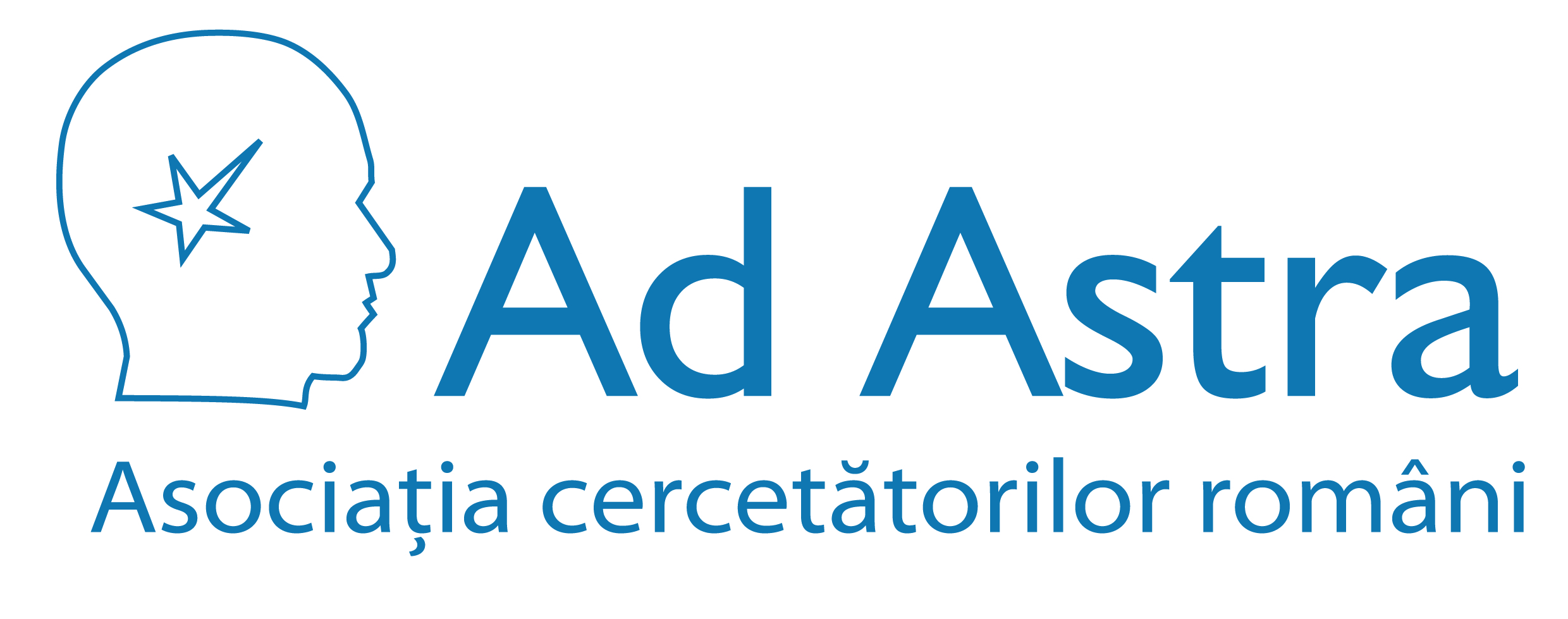Scopul nostru este sprijinirea şi promovarea cercetării ştiinţifice şi facilitarea comunicării între cercetătorii români din întreaga lume.
Staff Login
Morphology, FTIR fingerprint and survivability of encapsulated lactic bacteria (Streptococcus thermophilus and Lactobacillus delbrueckii subsp. bulgaricus) in simulated gastric juice and intestinal juice
Domenii publicaţii > Stiinte ingineresti + Tipuri publicaţii > Articol în revistã ştiinţificã
Autori: Dan C. Vodnar, Carmen Socaciu, Ancuţa M. Rotar, Andreea Stanila
Editorial: International Journal of Food Science and Technology, 45 (11), p.2345–, 2010.
Rezumat:
Microencapsulation of bacteria in hydrocolloid beads is known as a potential way to enhance and protect their survivability in the digestive tract. We encapsulated a mix of two lactic bacteria (Streptococcus thermophilus and Lactobacillus delbrueckii subsp. bulgaricus) in sodium alginate (AG) and chitosan (CH) matrices. The morphological parameters of beads containing bacteria were comparatively measured. The FTIR fingerprint can discriminate the presence of bacteria into the beads, identifying specific absorption peaks for bacteria located at 1750, 2852 and 2926 cm−1. To check the survivability of bacteria, beads were incubated in simulated gastric juice (pH 1.5) and intestinal juice (pH 7.2) for different periods of time, up to 120 min. The 2% AG beads, better than CH beads, provided best protection of bacterial survivability. Encapsulated mix of S. thermophilus and L. delbrueckii subsp. bulgaricus can behave as a probiotic bacteria, viable, surviving in the simulated gastric and intestinal juice.
Cuvinte cheie: Alginat, chitosan, FTIR, L. delbrueckii subsp. bulgaricus, microincapsulare, S. thermophilus // Alginate, chitosan, FTIR, L. delbrueckii subsp. bulgaricus, microencapsulation, S. thermophilus
URL: http://onlinelibrary.wiley.com/doi/10.1111/j.1365-2621.2010.02406.x/abstract

